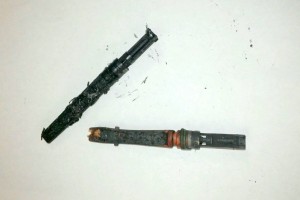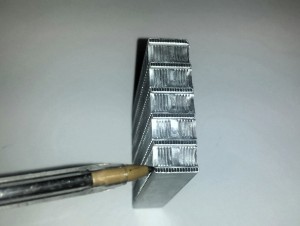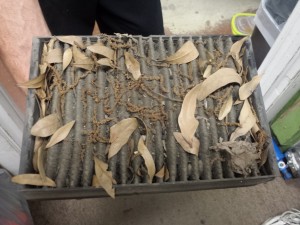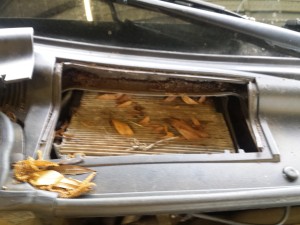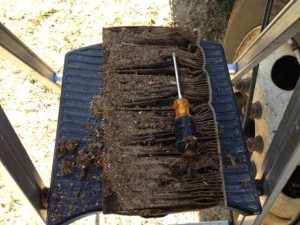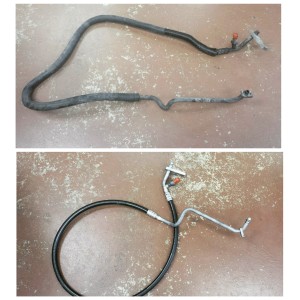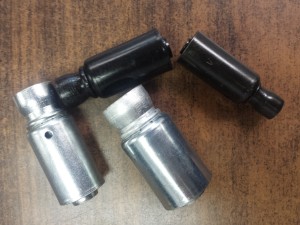Written by: Caroline Acebedo
Recently, we have had customers get very upset when they come in to buy refrigerant and realize that we cannot sell it to them. Why, you ask?
On January 1, 2018, the EPA rules changed. It is now a requirement that anyone purchasing ANY refrigerant (R12, R134a, R1234yf) for use in an automotive system be Section 609 certified. This rule applies to any container over 2 pounds.
So basically, to meet the requirement, at least one person in your shop or parts store must be able to produce evidence of their certification. If you have multiple locations, you need a certified individual in every location where you intend to purchase refrigerant.
If you have ever been certified and you cannot locate your certification, you can contact MACS through their website (http://www.macsw.org) and they can search through their databases in an attempt to locate it. There is a fee of $10 for the search and replacement documents.
Another solution is to recertify (or get certified if you have never been). There is a lot of new information regarding the servicing of R1234yf refrigerants and information on best practices. The cost is only slightly more and you can take the test online. If you choose the online option, you will get an immediate score and if you pass, you’ll be able to print out your credentials so you can use them immediately. Here is the link to the test on the MACS website:
If you are not the online test taker type, you can find a proctored (Marks Air hosts these certification classes occasionally) class and get certified that way. You can contact Caroline at Marks Air for more info regarding proctored classes.

